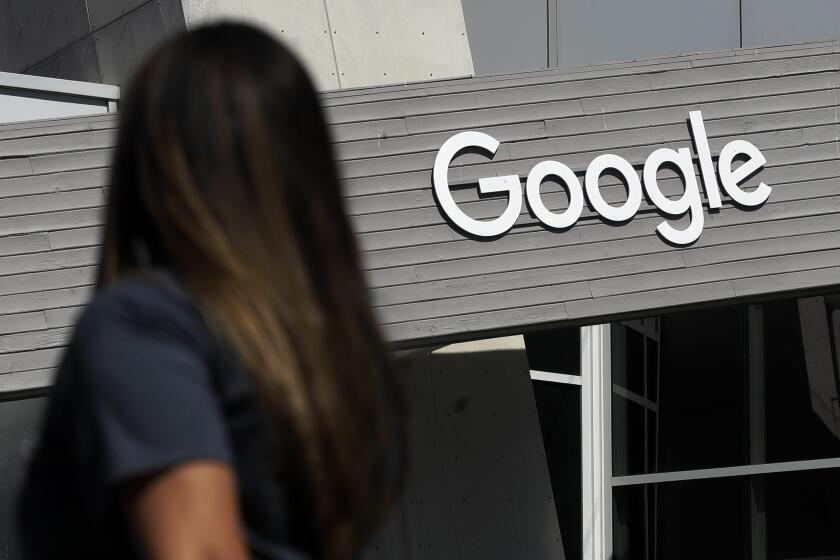Don’t like something on Facebook? Try new love, anger, sadness emojis
- Share via
Most of us on Facebook know that life is not lived by likes alone. Sure, a like is great for celebrating an exciting announcement, but who wants to give a thumbs up to the death of your friend's mom? Well, Facebook is now allowing for a broader range of clickable emotion.
In addition to the well-worn thumbs up, Facebook is testing out "Reactions," six emoji to express love , laughter , happiness , surprise , sadness and anger .
Don't go looking for the Yay button quite yet. The Reactions feature is being tested only in Spain and Ireland for now.
"We’re excited to start this test, but understand that this is a big change, and one that we want to make sure to get right," wrote Facebook product manager Chris Tosswill. Users in these two countries "will be able to react to any post across Facebook – a post from a friend, advertiser, publisher or business."
No word yet on when the rest of the world will get to express more than a like.
Facebook gets more emotional. (Associated Press)
The company has resisted developing a "dislike" button for years because CEO Mark Zuckerberg wanted to avoid a Reddit-style system of upvoting or downvoting posts.
"You don't want to go through the process of sharing some moment that was important to you in your day and have someone downvote it," said CEO Zuckerberg during a town hall meeting at the company's Menlo Park headquarters last month.
So how'd they come up with this select range of emotions? Chief Product Officer Chris Cox explained in a Facebook post: "We studied which comments and reactions are most commonly and universally expressed across Facebook, then worked to design an experience around them that was elegant and fun."
And Ireland and Spain offer the company a useful insulated incubator of sorts. Adam Mosseri, Facebook’s director of product, told TechCrunch it’s because both countries offer largely national user populations that don't have extensive international connections -- a somewhat contained environment allowing for testing with both English-speaking and non-English-speaking populations.
Zuckerberg posted a video showing off how Reactions work Thursday morning. It's gotten over 10 million views. Check it out.
Video Mark Zuckerberg posted
Reactions work like today's like button. You tap the thumb and up pops the animated emoji options. And just like that, you can love your friend's post instead of offering a just muted like or show appropriate dismay when a friend shares bad news.
During the test phase, Tosswill wrote, Facebook Page owners will be able to see these Reactions on the insights page, and, for now, they'll be treated the same as a like. The note seems to suggest they could be treated differently as the company studies how they’re being used.
"We see this as an opportunity for businesses and publishers to better understand how people are responding to their content on Facebook," he wrote.
So what emoji would you give Reactions?
Send me your emoji: @mmaltaisla




